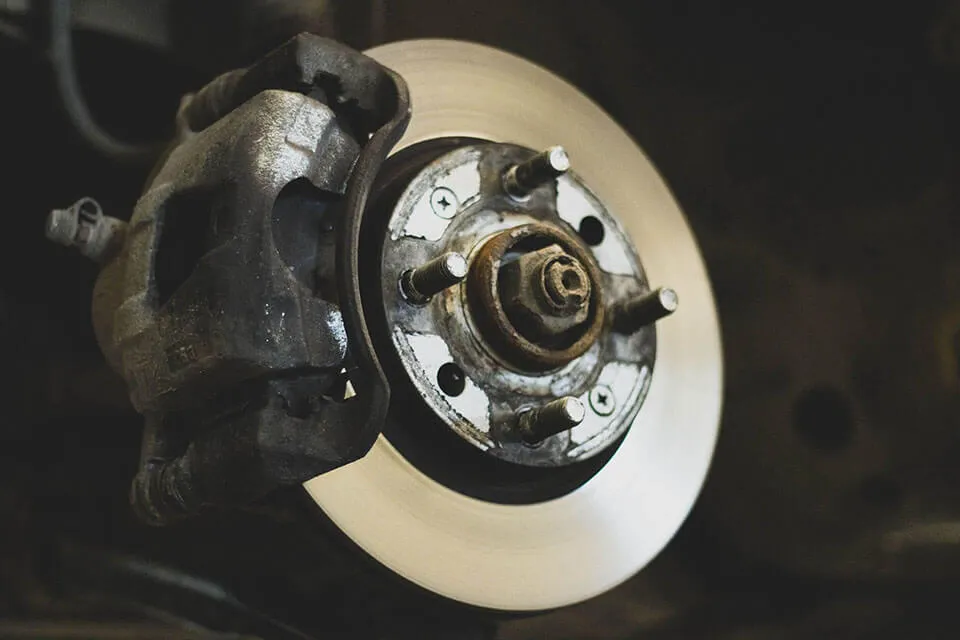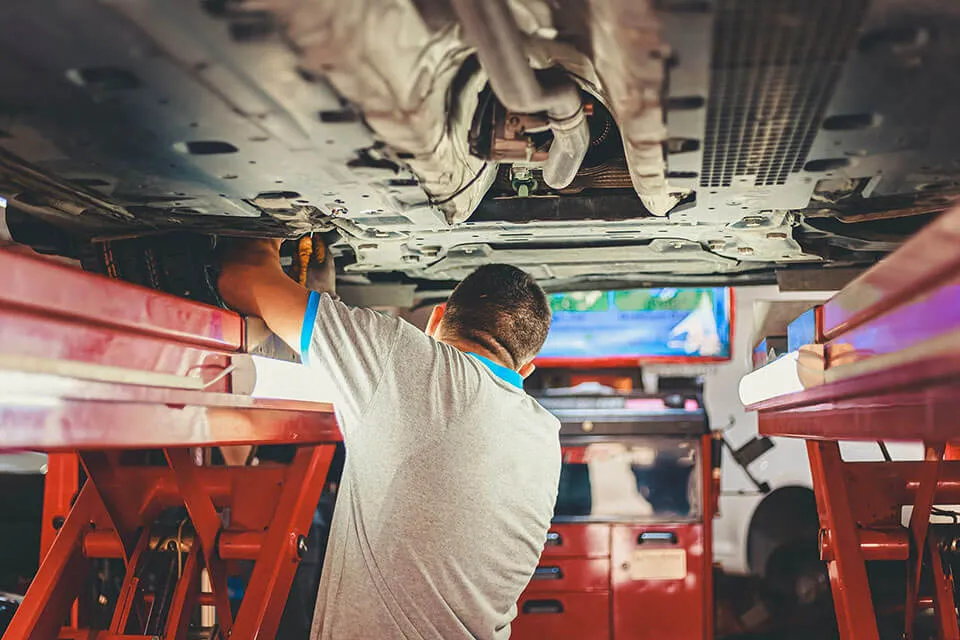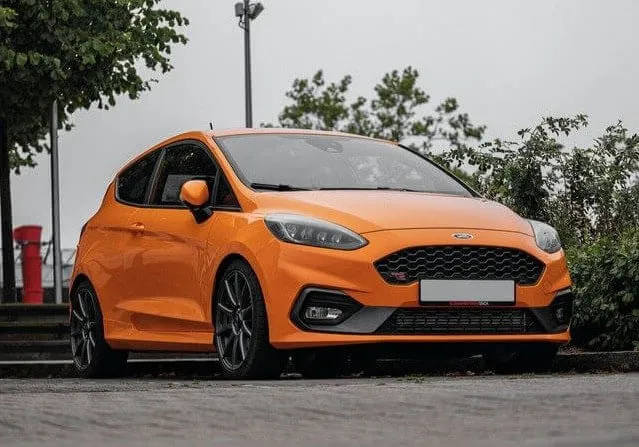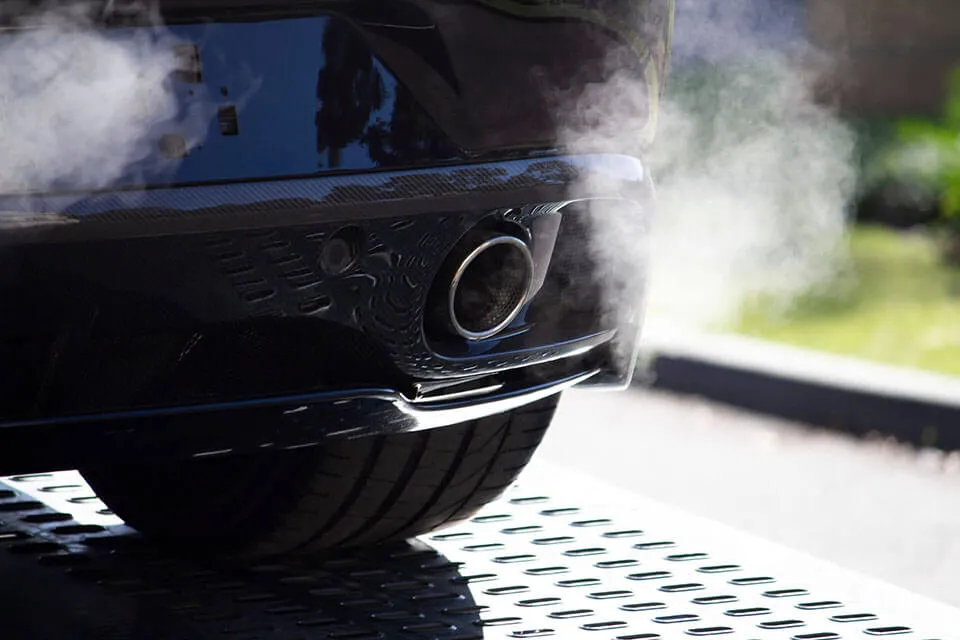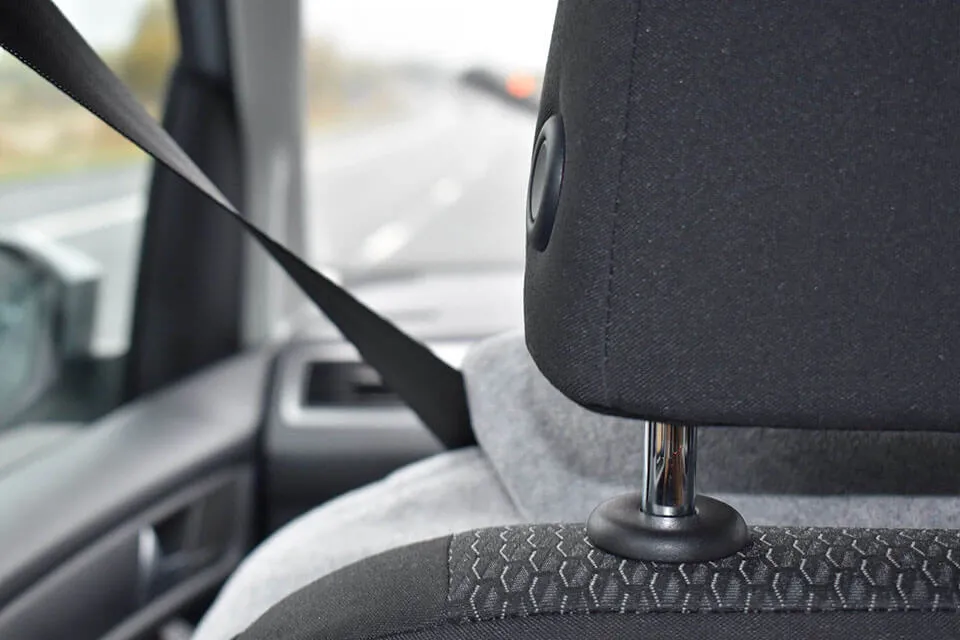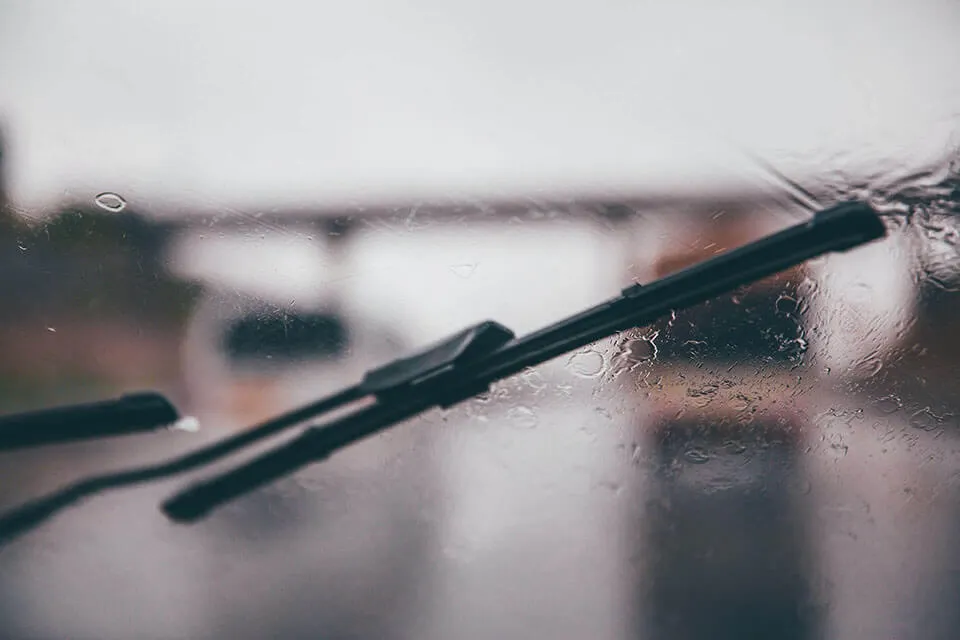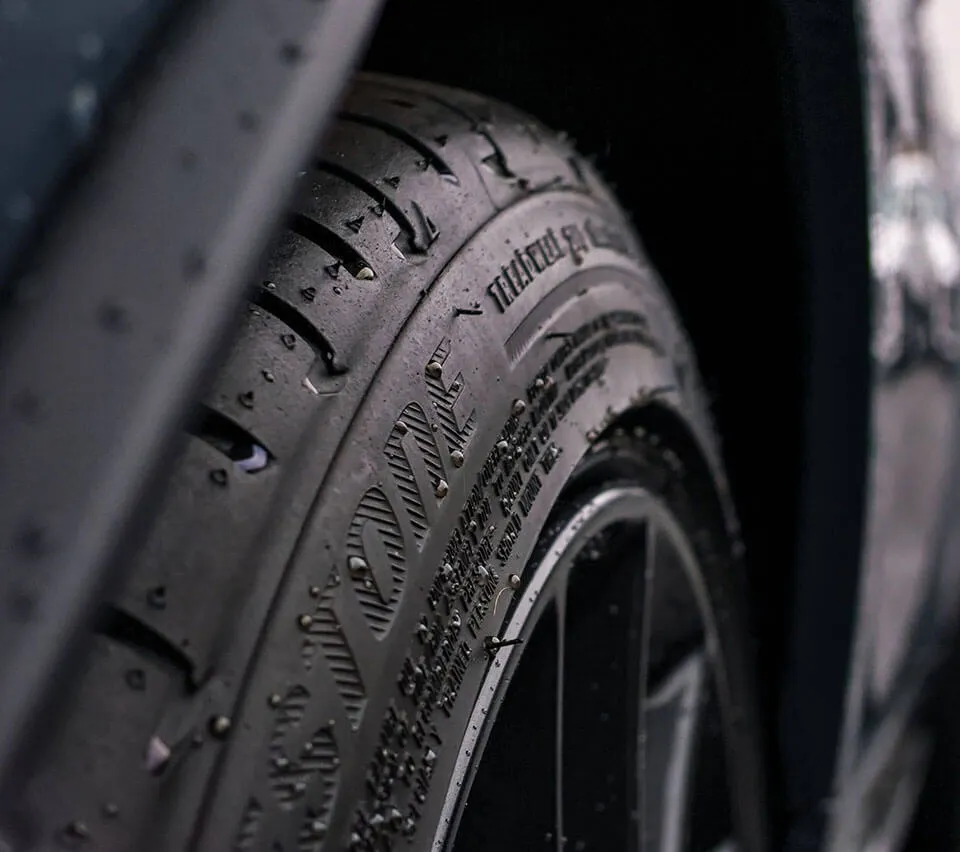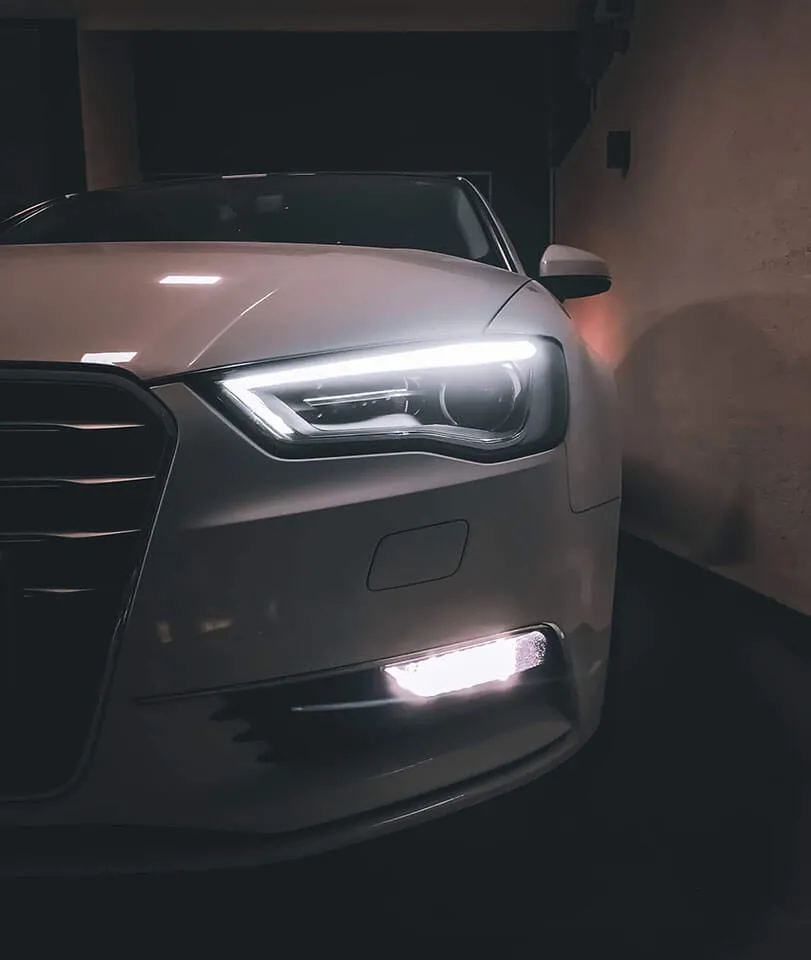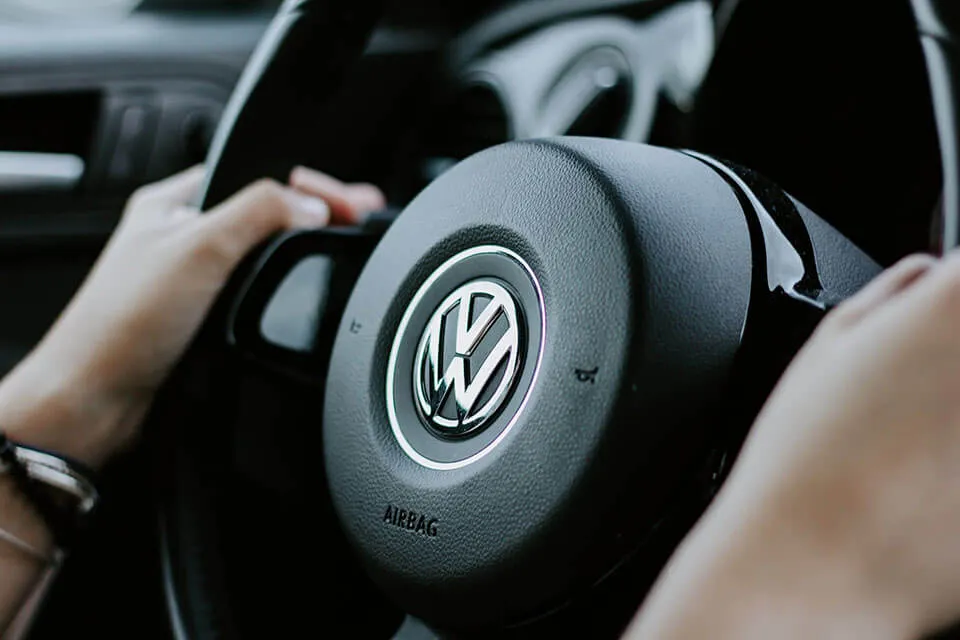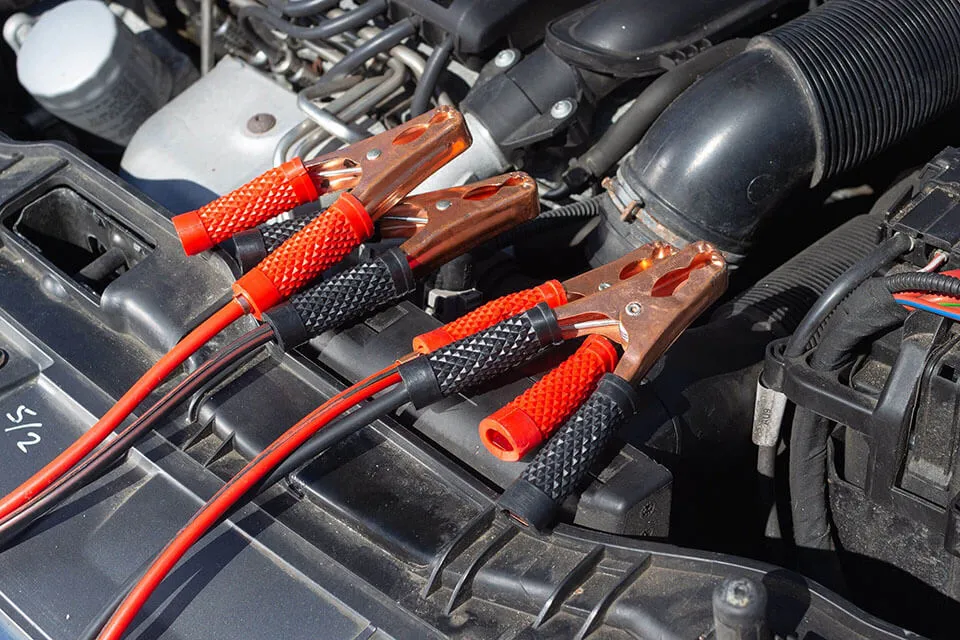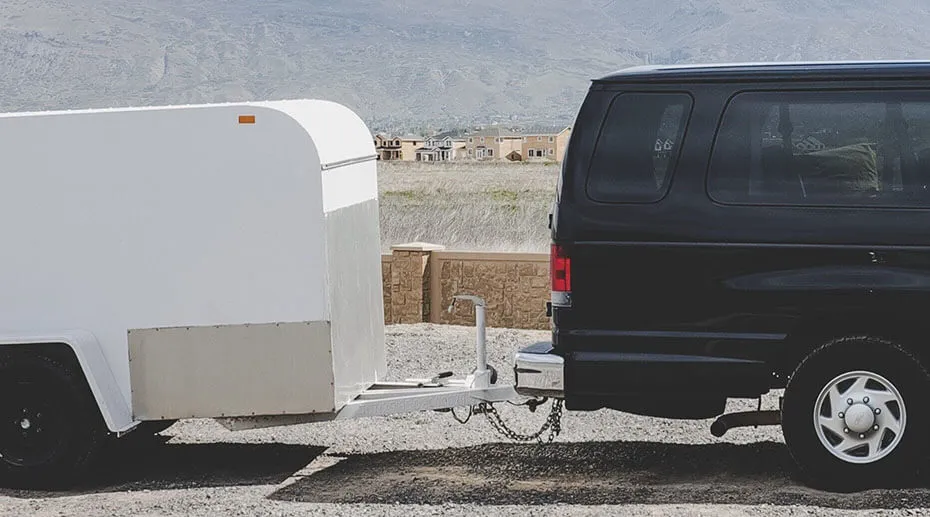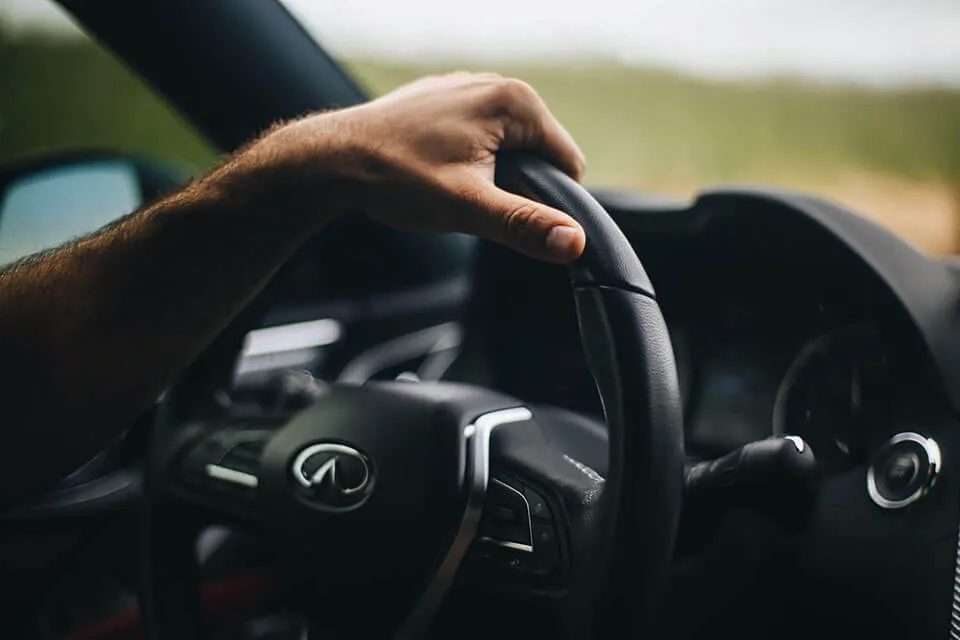Emissions, exhaust and fuel system
As per your car's age and the type of fuel it runs on, the tester will check that the vehicle
adheres to the exhaust emissions rules and regulations - i.e. the level of carbon
monoxide and hydrocarbon emissions falls within the legal limit.
To carry out an emissions test, there should be a sufficient amount of engine oil and fuel
level. The mechanic will test this while the engine is running with a gas analyser probe and
also visually for signs of any smoke. Excessive smoke will likely cause a failed MOT test.
The tester will also check the exhaust system to ensure it is securely fitted and is
not leaking anywhere or making any strange noises. It's important to note that if your vehicle
had a catalytic converter when you purchased it, it must still be attached.
The fuel system will also be checked for any leakage, and the mechanic will look at the
pipes and hoses to make sure they are all in good condition. The fuel cap must also close
securely without any problems.
Check my vehicle for failures
